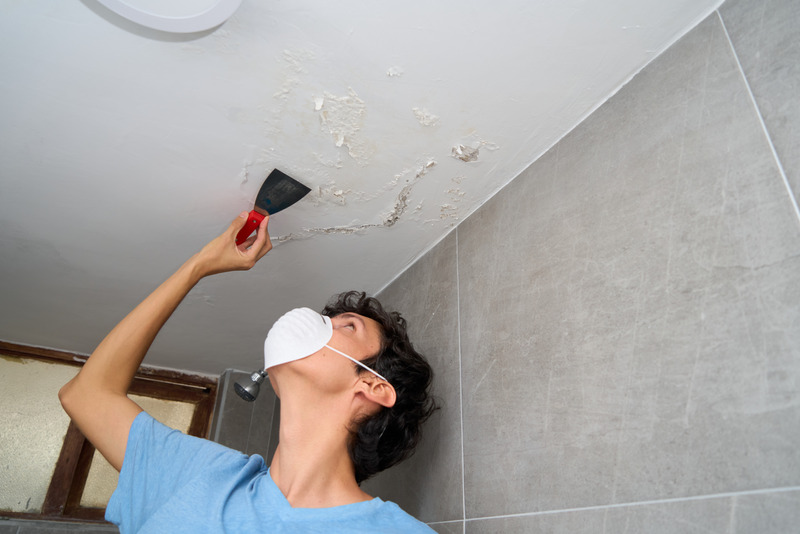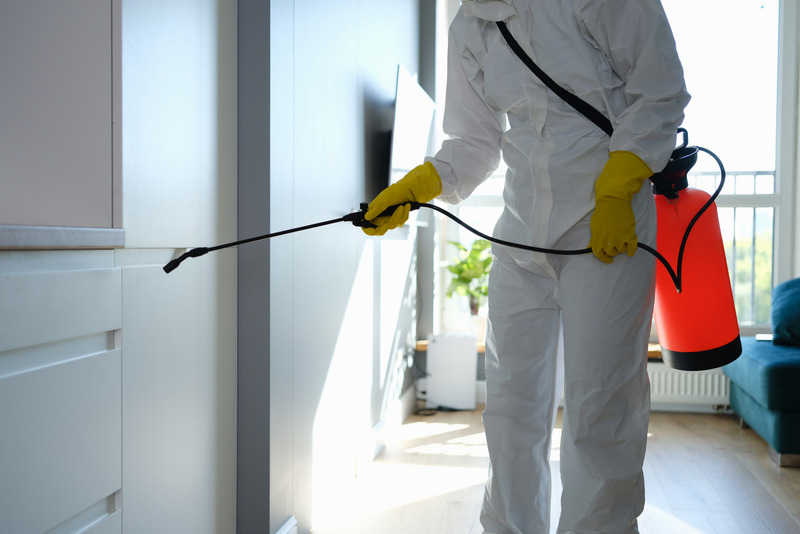Understanding Mould Remediation: DIY vs. Professional Services


What Are the Pros and Cons of DIY Mould Remediation?
Undertaking mould remediation yourself can be a practical option for minor mould problems. Many homeowners choose DIY methods because they can be more affordable and readily accessible. Basic cleaning agents, such as mildew removers, and standard tools, like scrapers and brushes, are often sufficient for treating small, visible mould patches. Additionally, there are numerous guides and resources available online that provide step-by-step instructions for handling mould issues.
However, DIY mould remediation has its limitations. While it may work well for minor issues, extensive mould infestations often require a more thorough approach. Mould can penetrate deep into building materials and hidden areas, which are difficult to address without specialised equipment. In cases of significant contamination or hidden mould, DIY methods might not fully resolve the problem, potentially leading to recurring issues or further damage.
Another challenge with DIY remediation is ensuring that all mould spores are completely removed. Inadequate cleaning can leave behind spores that can lead to new mould growth. Furthermore, improper handling of mould can release spores into the air, which might pose health risks to those in the vicinity.
When Is DIY Remediation Appropriate?
DIY mould remediation is generally suitable for small, isolated problems. If you discover a small patch of mould on a non-porous surface like tile or glass, and the area affected is limited, you may manage the issue with DIY techniques. Ensure you use appropriate cleaning agents designed to kill mould and follow all safety guidelines to avoid exposure to mould spores. Wear protective gear, such as gloves, a mask, and eye protection, to minimise health risks.
It’s also crucial to address the underlying moisture issue that caused the mould growth. Without resolving the source of moisture, mould is likely to return. Regular monitoring and maintenance are essential to keeping mould under control. This includes checking for leaks, ensuring proper ventilation, and keeping humidity levels low.
What Are the Benefits of Professional Mould Remediation Services?
Professional mould remediation services offer several key advantages. Specialists in mould remediation have the expertise and experience to handle extensive mould problems effectively. They use advanced equipment and techniques to thoroughly inspect and address mould issues.
One of the primary benefits is their ability to conduct comprehensive inspections. Professionals use tools like thermal imaging cameras and moisture metres to detect hidden mould and moisture sources. This thorough assessment helps ensure that all affected areas are identified and treated appropriately.
Another advantage is the removal of contaminated materials. Professionals can safely remove and dispose of materials that cannot be effectively cleaned, such as mouldy drywall or insulation. This ensures that all sources of mould are eliminated, reducing the risk of future growth.
Furthermore, professional mould remediation includes treatment of affected areas to prevent recurrence. Specialists use specialised cleaning solutions and techniques to kill mould spores and prevent regrowth. They also provide advice on preventing future mould problems, such as improving ventilation and addressing moisture issues.
When Should You Consult a Professional?
It is advisable to consult a professional for large-scale mould issues, persistent problems, or when mould is hidden behind walls or other inaccessible areas. Large-scale infestations often require more than just surface cleaning and need a comprehensive approach to address all affected areas.
Persistent mould problems that return despite DIY efforts may also indicate a deeper issue that needs professional intervention. Hidden mould, which can be challenging to detect and access, typically requires advanced detection methods and remediation techniques that professionals are equipped to handle.
Professional services also offer peace of mind. They ensure that the mould is thoroughly removed and that all necessary steps are taken to prevent future issues. This can be particularly important for maintaining a healthy living environment and avoiding potential health risks associated with mould exposure.
Understanding Mould Remediation
Understanding mould remediation involves recognising the conditions that promote mould growth and selecting the appropriate measures to address it. Both DIY and professional approaches have their place, but the choice between them depends on the extent of the problem and the resources available. DIY methods can be effective for minor issues but may fall short for more extensive mould infestations. Professional mould remediation services provide a thorough and comprehensive approach, essential for tackling large-scale problems and ensuring a healthy environment.
By selecting the right building materials, adopting climate-specific strategies, using innovative detection technologies, and understanding your remediation options, you can effectively manage mould risks. Maintaining a proactive approach helps ensure the health and safety of both your property and its occupants, safeguarding against the detrimental effects of mould.

